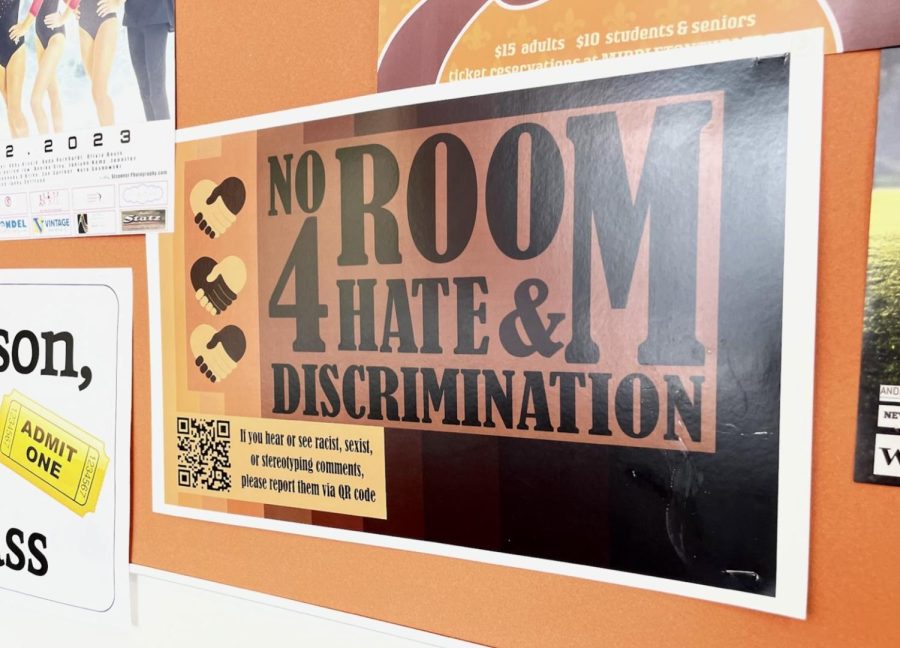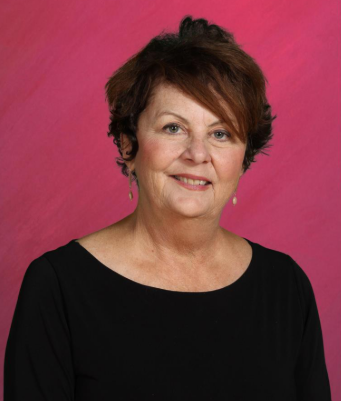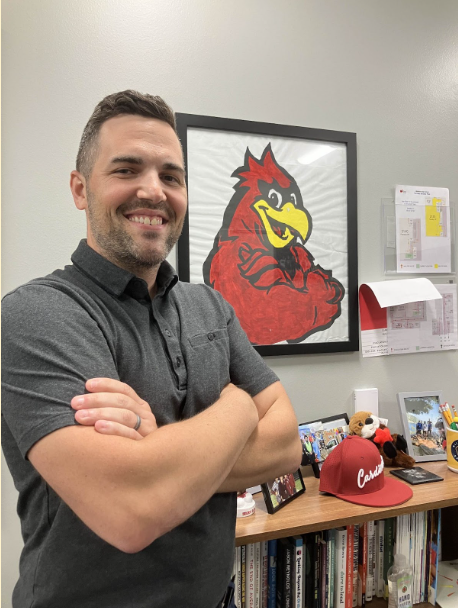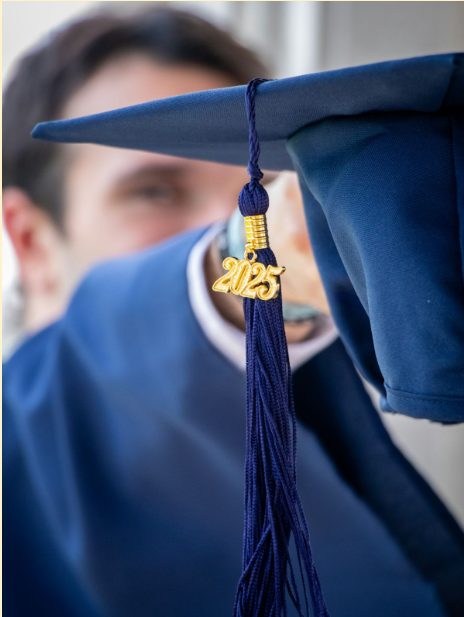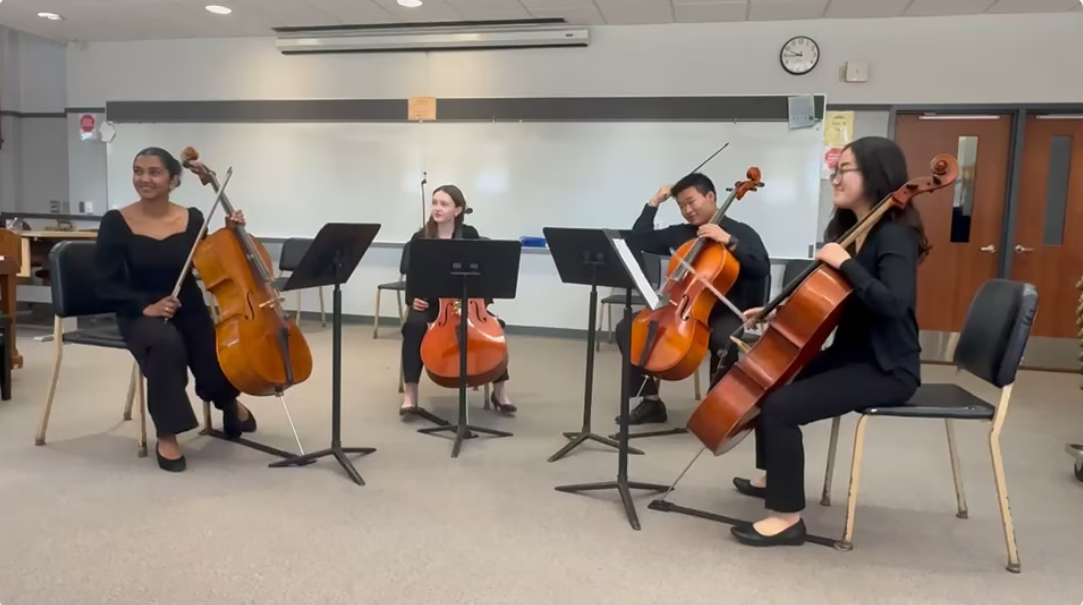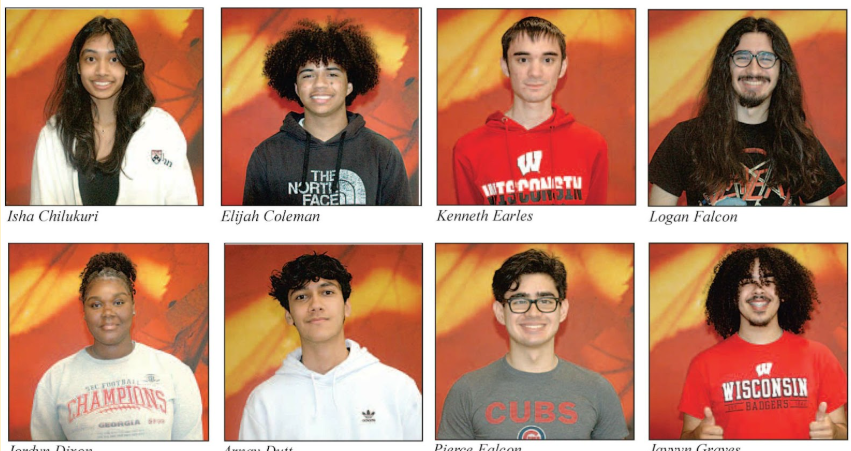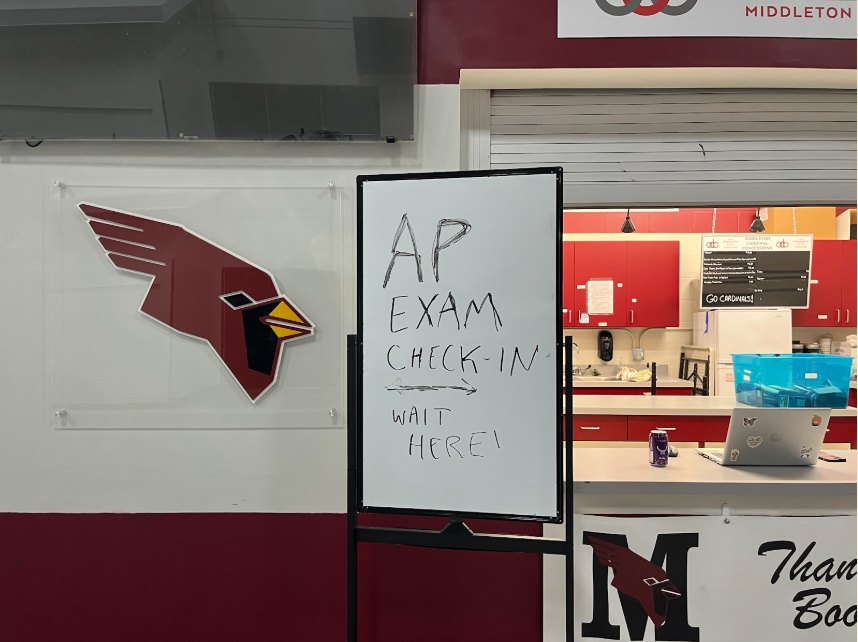Microaggressions: What They Are and Why They Matter
Microaggressions can take several forms and exist in many different settings. At MHS, students generally feel that there is an inclusive and welcoming culture but also acknowledge the existence of microaggressions, and many students report to have experienced microaggressions throughout their lives.
February 26, 2023
As awareness of discrimination and inequality has steadily increased, so have efforts to reduce violence and disrespect against marginalized groups. At Middleton High School (MHS), various campaigns, clubs and initiatives to promote diversity contribute to an inclusive culture where students feel safe and welcomed. However, even as significant steps are taken, internalized prejudice continues to be an outstanding issue, especially in the form of microaggressions.
According to Cleveland Clinic, microaggressions are generally defined as “a verbal or nonverbal slight that impacts an individual who might identify as being from a marginalized or non-mainstream community.” They can demean an individual’s gender, race, sexual orientation, religion and beliefs or health conditions, among countless other features. Although microaggressions can often have harmless intentions, their impact reinforces societal norms and stereotypes.
It is often surprising to recognize the extent to which microaggressions regularly appear in everyday conversations and interactions. Phrases and comments such as “That’s so gay,” and “You don’t seem like you have depression,” or “I’m not trying to be racist, but…” are all examples of microaggressions.
They can also include actions, such as asking an Asian person a math question with the assumption that they will know the answer, or picking on boys to do any physical activity with the assumption that girls are not capable or strong enough. Although these thoughts and actions may appear harmless, they all contain implicit bias.
Microaggressions can take several forms and exist in many different settings. Medical News Today explains the three main forms of microaggressions: verbal, behavioral and environmental. Verbal microaggressions include comments or questions, whereas behavioral ones involve behaving in a way that is hurtful, and environmental microaggressions occur subtly in society (the article offers an example of school buildings being named after only white people).
At MHS, students generally feel that there is an inclusive and welcoming culture but also acknowledge the existence of microaggressions. Many students report to have experienced microaggressions throughout their lives.
Leela Benson, a freshman, recalled an instance when she was younger, describing how her gym teacher told a boy to “be careful” with her since she was a girl. Benson commented on how it is often the little things that can be hurtful.
Other students have gone through similar interactions. During his elementary and middle school years, Nathan Kwon, a junior, remembers other students doing “the eye thing” (pulling up the corners of the eyes to mimic the stereotypical “Asian” monolid), and making comments such as “Ching-chong ching-chong chee.”
“I think people commit microaggressions because they think putting people down is a valid form of humor, and they think it’s funny. But sometimes jokes go too far,” Kwon said.
In many cases, intended jokes or humor can carry with them microaggressions. Although it may seem like everyone understands that the comments are not very serious, they can still affect people negatively. Dheeraj Pasikanti, a senior, recounts when he was mocked for his strong accent while playing video games in an online community.
“I think it’s become a part of society where it’s normalized and ingrained to the point that kids anywhere can start saying this stuff, because they’ve heard it from so many people,” Pasikanti said.
Jahnvi Datta, a senior, shared similar views on the origins of microaggressions, observing that sometimes a lack of education and awareness contributes to insensitivity – when people say or do things they do not realize are micro-aggressive.
The implicit bias in microaggressions can lead to the receiver feeling marginalized or discriminated against, even if the effect is not as obvious. Alexa Garber, a junior, explained that microaggressions place an expectation on her, as a woman, to not be as capable as her male counterparts. When discussing the origins of microaggressions, Garber linked it to preconceived notions that people have about certain groups or communities.
“[Those who commit microaggressions] don’t really have a good concept that people don’t fit into their stereotypes or their views, or understand that people can defy stereotypes and be different,” Garber said.
Many microaggressions are based on stereotypes, which is why they can often go unnoticed when a stereotype is generally accepted as truthful. Another anonymous student explained that microaggressions invalidate them, especially when they are questioned as to why they do not “act” Black.
“What is a Black person supposed to act like?” the student asked.
As pervasive as the issue of microaggressions are, the school and district as a whole have been working to make the school environment as comfortable as possible for all students. Raymond Rosing, an associate principal at MHS, described that the mindset for staff, the school and the district, is to see diversity and inclusion as strengths.
“As a school and as a district, we want to do everything we can to make sure that every student feels valued, seen and heard,” Rosing said.
Rosing points to trusted adults — teachers, advisors, counselors, social workers, deans, anyone students have connected with — as a support system within the school. He also mentioned that the code of conduct designs restorative practices on dealing with discrimination as a whole.
“Speaking for the school building administration and the school district, we care what students have to say, and their feedback, so student ideas about how to make that kind of [welcoming] environment are really powerful, and we’re always open,” Rosing said.
Understanding what microaggressions are and recognizing when they happen is the first step to dealing with them. Before making an offhand comment or action, make sure to consider whether it could be offensive to someone, even if it seems harmless. It is important that students, staff and the school work together to be aware of and avoid microaggressions, reducing stereotypes and discrimination and making our school community more welcoming than ever.



